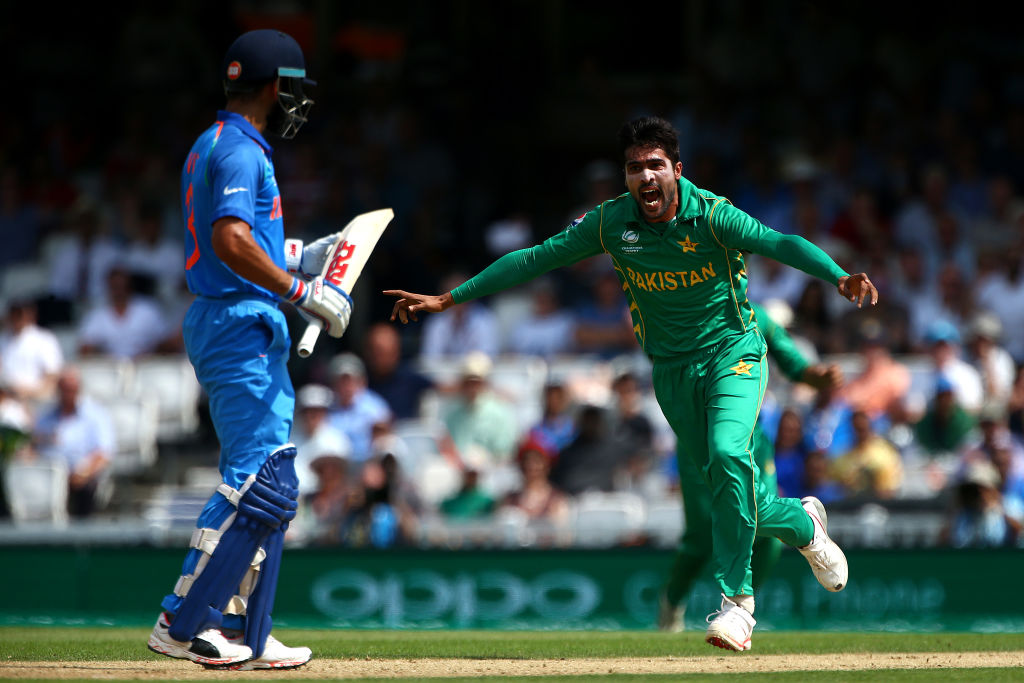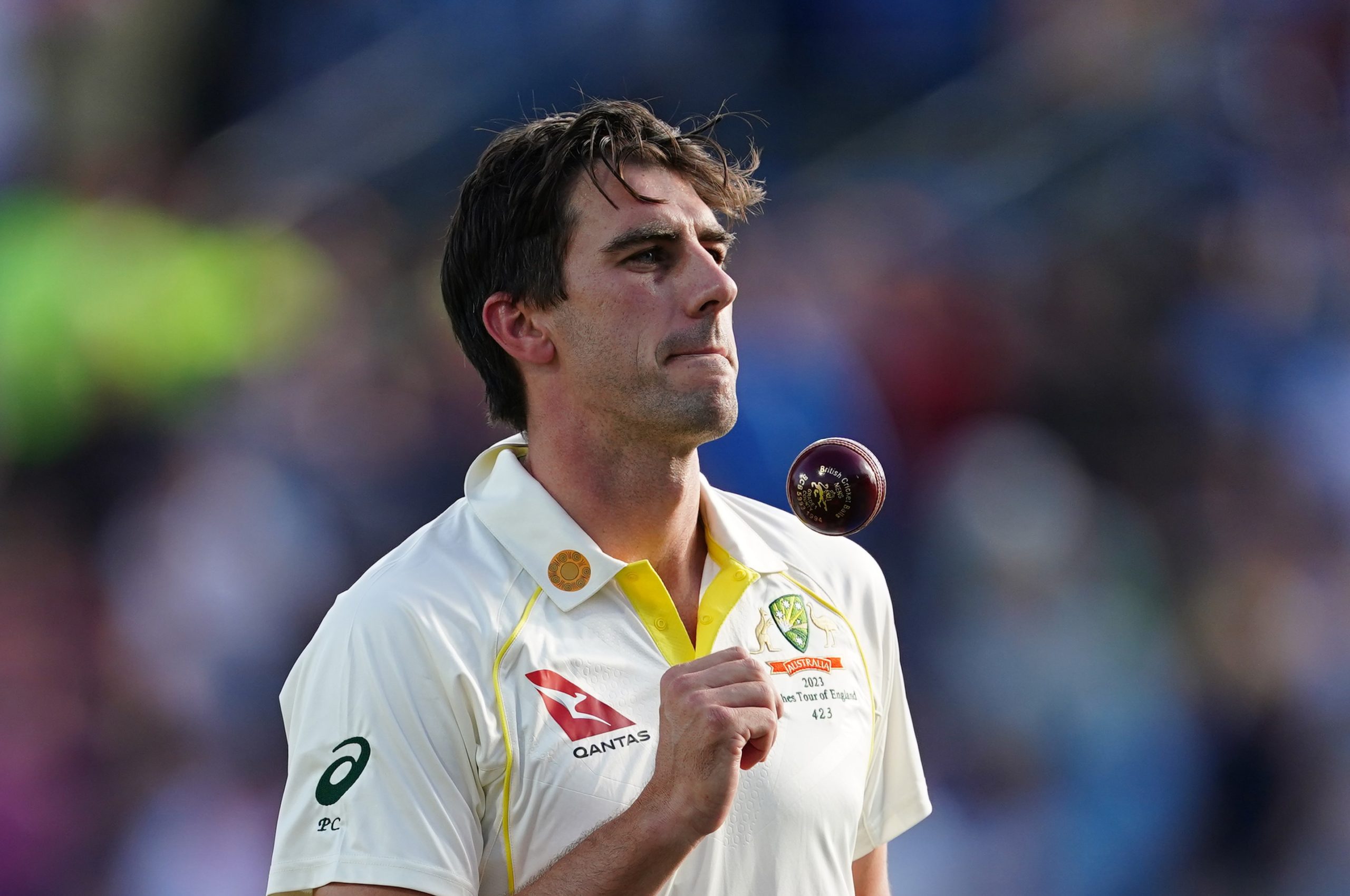
Derek Pringle believes the impact of the IPL could be having a negative impact on India’s style of play in the one-dayers…
Pakistan’s trouncing of India in the Champions Trophy final last Sunday at the Kia Oval defied most predictions and logic, not least the one which claimed that exposure to the Indian Premier League is crucial for coping with the high pressure and high expectations now found in white-ball cricket.
At least that is what many pundits were saying after India swatted Pakistan aside in the group game at Edgbaston. It was, they reasoned, a facile victory in front of a frenzied crowd of 20,000 because Pakistan, unlike India, were not used to playing in front of excitable full houses like those you get in the IPL. Well, they can’t claim that now after Virat Kohli’s side faltered even more horribly on a bigger stage two weeks later.
It is not the only time the IPL has been made out to be a panacea for white-ball cricket either. England’s Ben Stokes and Chris Woakes were hailed as poster boys for its prowess-boosting powers after both excelled in it recently.
Yet Pakistan’s players, who are banned from the IPL for political reasons by India’s government, placed Woakes’ and Stokes’ gains into perspective when they hammered England, many people’s favourites, in the semi-finals.
In any case, Woakes only managed two overs of his newly minted self in England’s opening match before he retired with a side strain, an injury which instantly negated any gains he may have made on his travels.
The Champions Trophy is 50 overs long but if the IPL’s adherents can trumpet T20’s virtues for the longer format when all goes well, then they should accept some of its vices when it does not, such as the way India’s batting capitulated in the final.
Chasing a mammoth 338 to win, India’s batsmen were blown away by a combination of Mohammad Amir’s fiery brilliance and their own carelessness. In the IPL, you can adopt the hell-for-leather approach because each team plays 14 matches before the knockout stage, so there is scope for failure, and the innings are only 20 overs long.
For a match lasting 50 overs, especially a one-off event like a final, you need a bit of game management, something India’s batsmen failed to apply at any stage and why they lost by a whopping 180 runs.
Take MS Dhoni. It is probably ten years at least since he arrived at the crease for India with 41 overs of the innings remaining and his disorientation was palpable. Even for a player of his experience, it looked like he didn’t know whether to stick or twist.

All-out attack: MS Dhoni could not sit in and be patient (photo: Getty Images)
So he did as he would in the IPL and twisted, slapping an ill-advised hook shot off Hasan Ali stright down deep square-leg’s throat.
Don’t get me wrong – T20 has brought many improvements to 50-over cricket, not least in the expansion of shots played. But it is not T20 x 2.5, which many of those who revere the IPL feel it should be.
Of course, many of them don’t seem to understand that on pitches which offer bounce and movement, boundaries which stretch 75 yards in most directions, or indeed with balls that offer any kind of swing such as Amir found in the final, trying to smash boundaries even twice an over comes with huge risks of a collapse – which is exactly what happened to India.
Rather than strike out for the stars, a more savvy approach might have been to acknowledge Amir was bowling well and to reduce one’s ambition in order to draw his sting. Whereas decisions like those used to be second nature in 50-over cricket, creating deliciously grey areas of strategy, a rising tide of T20 has turned risk into a one-way street where batsmen either hit out or get out.
Pakistan’s win was also a victory for those of us who still like sport to surprise us. At one stage, after that initial defeat by India, they were 66-1 in an eight-horse race, which tells you what the bookies and those who like a flutter thought of them.
While countries with ample resources, like England, Australia and India, seek to reduce performance to a function of thorough preparation, analysis and algorithms, Pakistan reacted to the moment and were exhilarated by it.
Look at Amir. He missed the semi-final against England with a back spasm having not exactly shone to that point.
In fact, he’d taken one wicket and had not really swung a ball back into the right-handers, the danger delivery for left-arm pacemen like him.
And yet in the final he looked a different beast – pace up, ball swinging and hitting that killer length which had Kohli, a man you sense banished self-doubt for good when he left the pram, looking like a novice.
Not for Amir the nonsense that the final was just another game, something India seemed fixated on treating it as. I can see why sports psychologists want players to repeat that guff to themselves in order to keep the nerves at bay.
But stress unleashes interesting chemicals in people, inspiring some while choking the fight in others. That, in a nub, is sport’s essential attraction and why most of us watch it.
Pakistan’s essence is their incredible but near untameable talent, a combination that sees their form veer from one extreme to the other. To combat that, the Pakistan Cricket Board have employed Mickey Arthur, former coach to South Africa and Australia. Throughout the Champions Trophy, Arthur fielded incessant questions about his team’s inconsistency and how it made them an unpredictable foe, something he was at pains to say he was addressing.
But consistency can often be a middle road and by improving the lows, he may compromise the highs and that, after Pakistan’s astounding victory at the Kia Oval – a win which places them in an elite club with India and West Indies as the only teams to have won all three of ICC’s global tournaments – would surely be a crime against cricket.


















